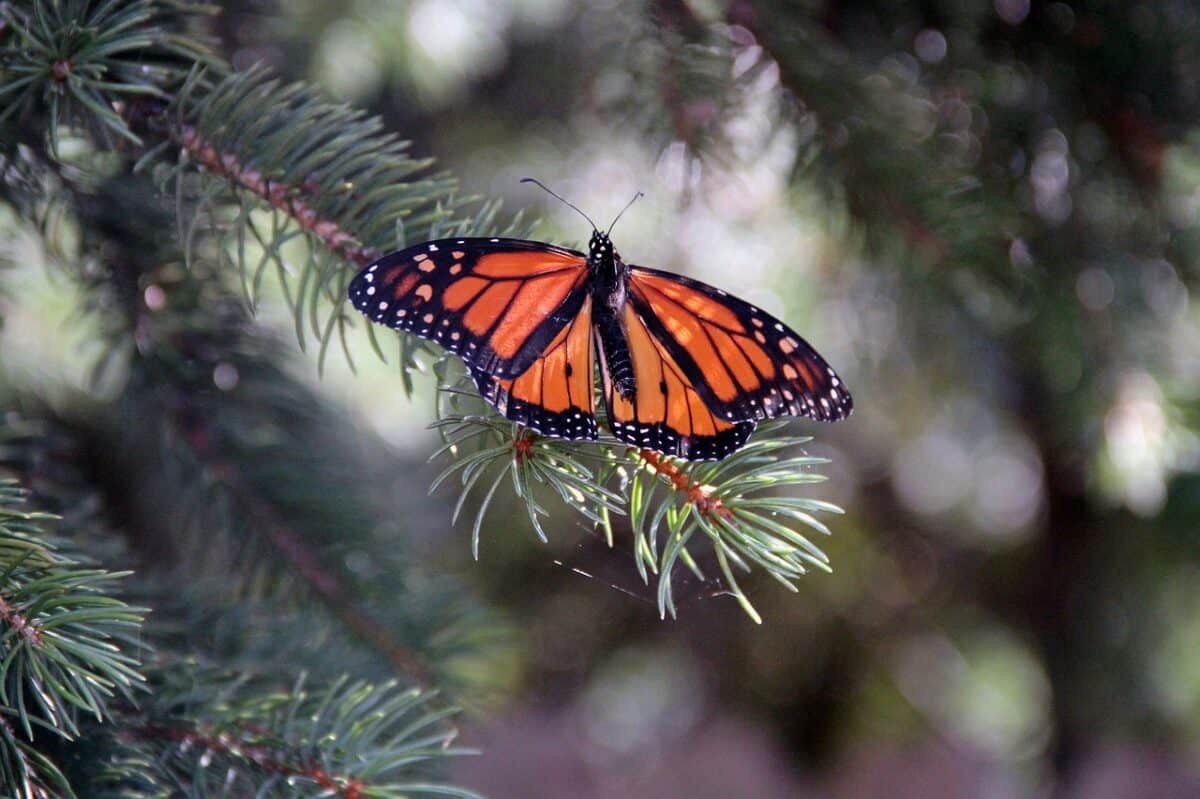The iconic monarch butterfly, with its distinctive orange and black wings, has captivated human imagination for generations. These remarkable insects undertake one of the most impressive migrations in the animal kingdom, traveling up to 3,000 miles from Canada and the northern United States to central Mexico each fall. However, this magnificent species faces a crisis of survival. Over the past two decades, monarch populations have plummeted by more than 80%, pushing these beloved butterflies toward the brink of extinction. This alarming decline isn’t happening without cause – a complex web of human-driven factors threatens monarchs at every stage of their life cycle. Yet amid this crisis lies hope: through understanding what’s killing monarchs, we can take meaningful action to reverse their decline and ensure future generations can witness the wonder of their migration.
The Dramatic Decline of Monarch Populations
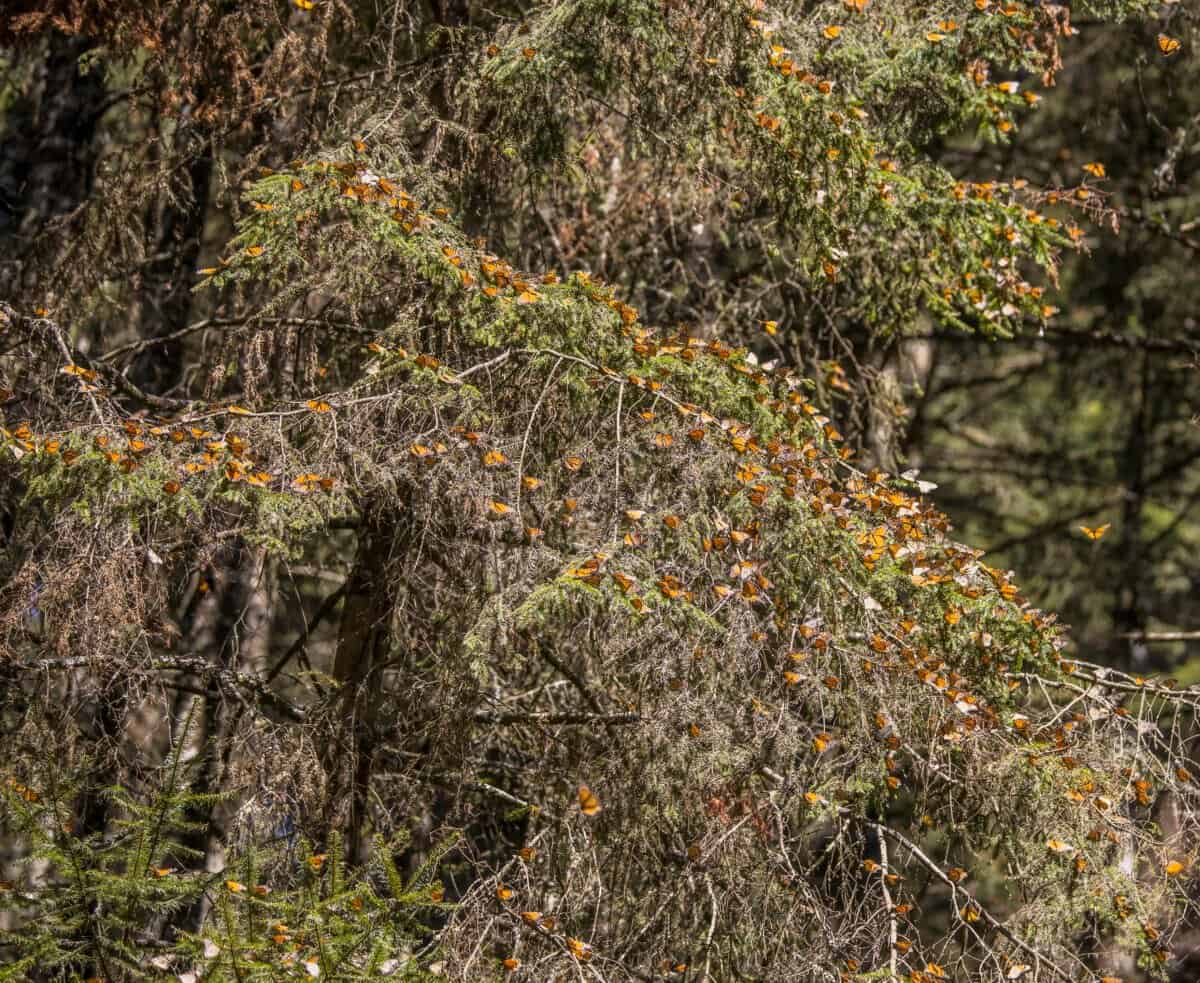
The numbers tell a sobering story. In the 1990s, an estimated one billion monarch butterflies made the annual migration to Mexico. By 2013, that number had fallen to just 35 million – a staggering 96.5% decline. While there have been occasional rebounds in certain years, the overall trend remains alarming. Scientists measure the monarch population by the area of forest they occupy during winter in Mexico, with recent measurements showing populations occupying less than 3 hectares of forest, compared to historical highs of 18-20 hectares.
The eastern population that migrates to Mexico has declined by approximately 80% since the mid-1990s, while the western population that overwinters in California has crashed by more than 99%, from around 4.5 million in the 1980s to fewer than 2,000 butterflies in 2020. These statistics represent more than abstract numbers; they signal a species in crisis and an ecosystem out of balance.
The Loss of Milkweed: A Critical Habitat Connection

Perhaps the most significant factor in the monarch’s decline is the loss of milkweed, the only plant on which monarch butterflies lay their eggs and the exclusive food source for monarch caterpillars. Research indicates that the United States has lost more than 165 million acres of monarch habitat—an area the size of Texas—to herbicide-resistant crop development, conversion of grasslands to cropland, and suburban development.
The widespread adoption of glyphosate-resistant crops has been particularly devastating, as this herbicide efficiently eliminates milkweed that once grew abundantly between crop rows and at field margins. According to studies, the amount of milkweed in the Midwest’s agricultural landscapes declined by an estimated 58% from 1999 to 2010, with a corresponding 81% drop in monarch production in the region. Without milkweed, monarchs simply cannot reproduce, creating a direct link between agricultural practices and butterfly decline.
Climate Change: Disrupting Ancient Migration Patterns

Climate change presents a multifaceted threat to monarch butterflies, disrupting the delicate timing of their migration and breeding cycles. As spring temperatures arrive earlier in some regions, monarchs may begin their northward journey before milkweed has emerged, creating a dangerous mismatch between butterfly needs and plant availability. Extreme weather events—increasingly common due to climate change—can devastate monarch populations.
Severe storms, prolonged droughts, and unseasonable freezes can kill butterflies directly or destroy the milkweed and nectar plants they depend on. For example, a single winter storm in Mexico in 2002 killed an estimated 500 million monarchs—80% of the overwintering population that year. Climate models predict that by 2100, parts of Mexico that currently host overwintering monarchs may no longer maintain the precise temperature and moisture conditions these butterflies require, potentially eliminating crucial sanctuary sites that have supported monarch migrations for millennia.
Pesticide Impacts: Direct and Indirect Effects

Both herbicides and insecticides play significant roles in monarch decline. While herbicides like glyphosate kill milkweed plants, neonicotinoid insecticides pose direct threats to the butterflies themselves. These systemic pesticides can be absorbed by milkweed and nectar plants, making them toxic to the caterpillars and adult butterflies that consume them. Research shows that even sublethal doses of these chemicals can impair monarchs’ ability to fly, navigate, and reproduce.
One study found that monarch caterpillars exposed to clothianidin, a common neonicotinoid, had 38% lower survival rates than unexposed caterpillars. Additionally, broad-spectrum insecticides sprayed for mosquito control or agricultural pests often kill monarchs as “non-target” species. The cumulative impact of these chemical exposures throughout the monarchs’ range creates a gauntlet of toxic challenges at every stage of their life cycle.
Habitat Fragmentation and Development
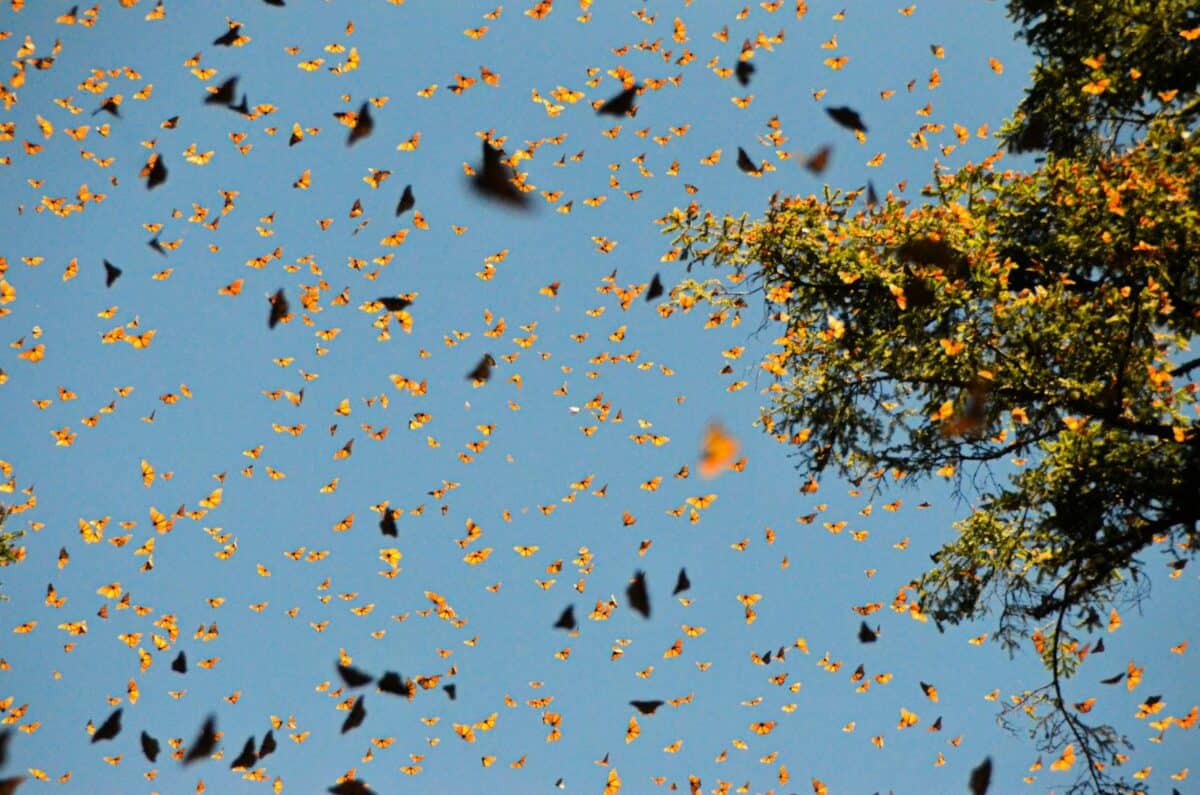
As natural landscapes are increasingly converted to human use, monarch habitat becomes fragmented into isolated patches. This fragmentation forces monarchs to travel longer distances between suitable habitat areas, depleting their energy reserves and increasing mortality. Urban sprawl, highway construction, and industrial development have eliminated millions of acres of potential monarch habitat across North America.
Even in agricultural areas, the trend toward “clean farming”—removing all vegetation from field edges and roadsides—eliminates crucial nectar resources and potential milkweed growth. The loss of connectivity between habitat patches is particularly problematic for a migratory species that depends on finding suitable resources at regular intervals along a 3,000-mile journey. Studies suggest monarchs need “stepping stone” habitat areas at least every 100 miles to successfully complete their migration, a requirement increasingly difficult to meet in today’s fragmented landscape.
Threats to Overwintering Sites
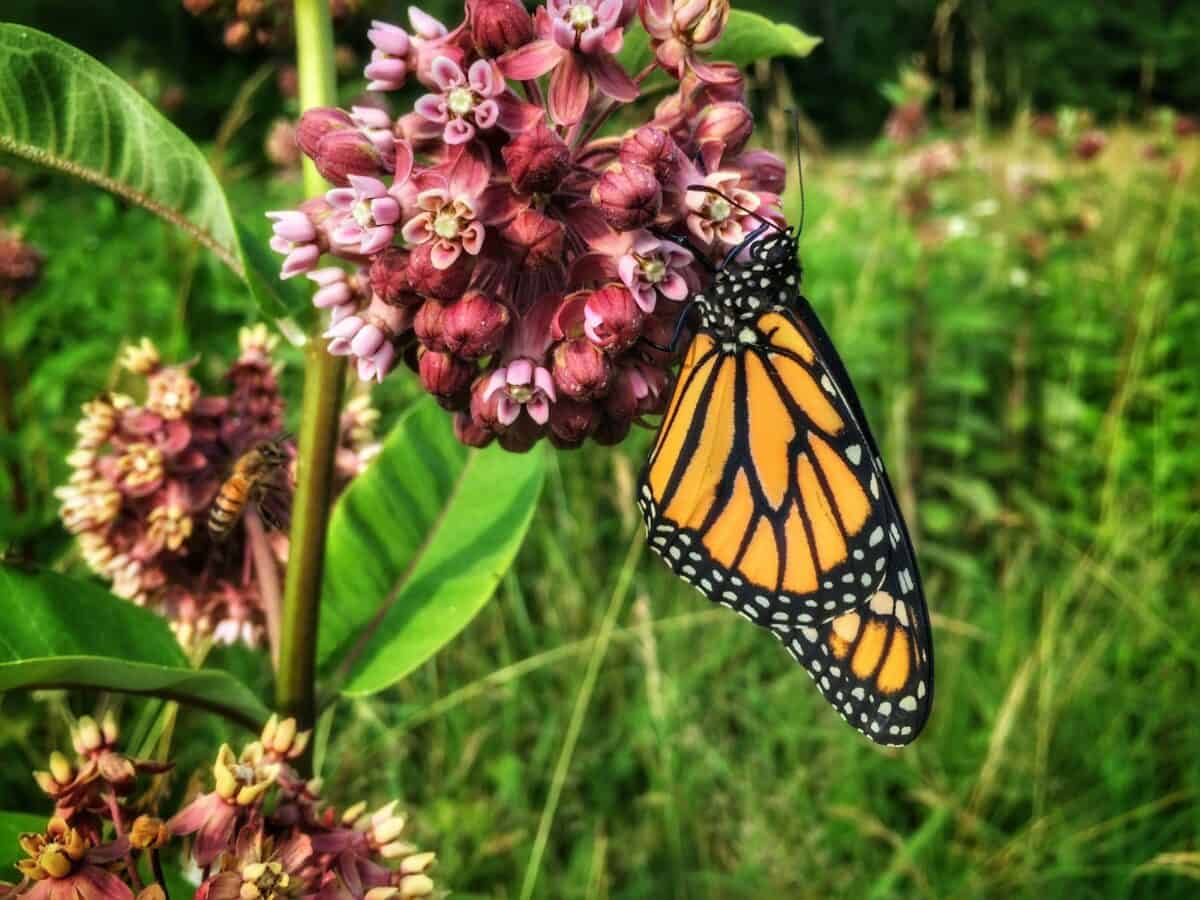
The monarch’s remarkable migration culminates in highly specific overwintering locations—mountaintop fir forests in central Mexico for the eastern population and coastal groves in California for the western population. These sites face severe threats from illegal logging, climate change, and development. In Mexico, despite the creation of the Monarch Butterfly Biosphere Reserve in 1986, illegal logging continues to thin the protective forest canopy that shelters overwintering butterflies from cold and moisture.
Between 2001 and 2012, approximately 1,600 hectares of forest were lost within the Reserve due to illegal logging. Meanwhile, California’s coastal overwintering sites face development pressure, with many historic sites now surrounded by urban areas or eliminated entirely. These overwintering areas represent critical bottlenecks in the monarch’s life cycle—damage to these relatively small areas can impact the entire continental population, regardless of conservation efforts elsewhere.
The Power of Milkweed: Creating Monarch-Friendly Gardens
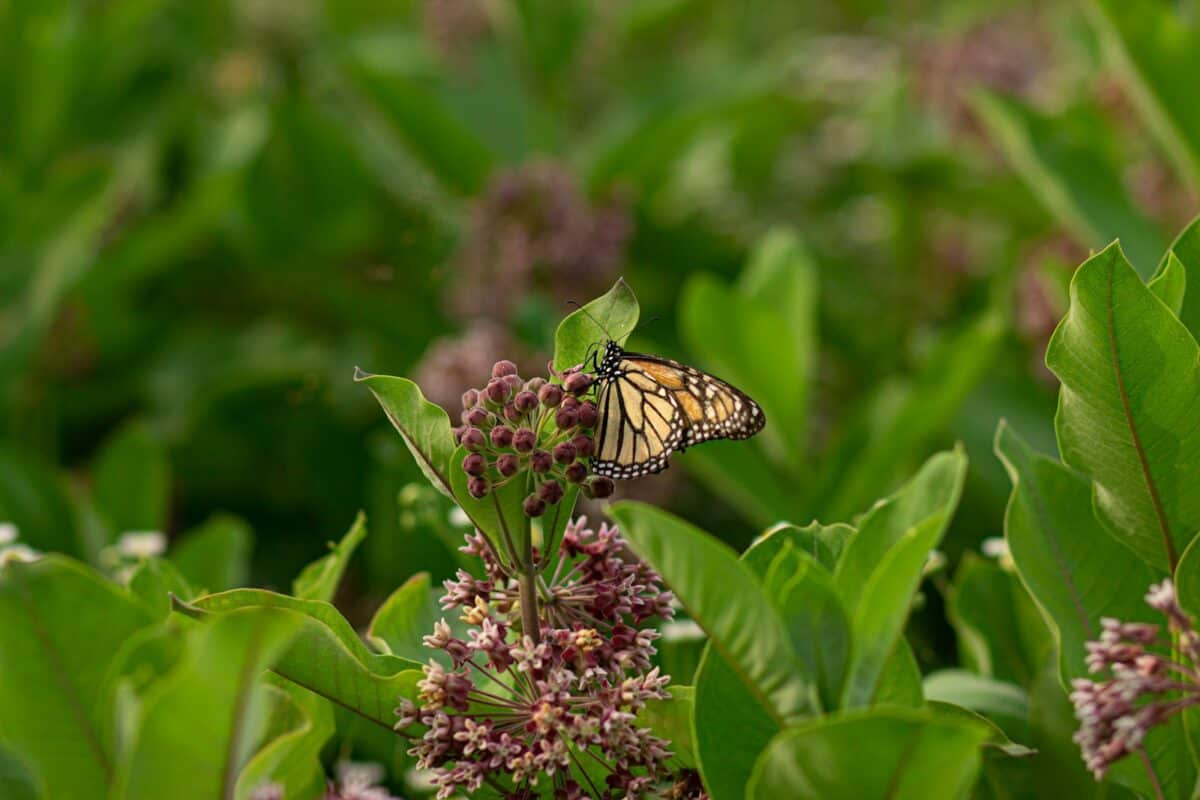
One of the most direct ways individuals can help monarchs is by planting native milkweed species in their gardens, yards, and community spaces. Native milkweed species provide both food for monarch caterpillars and nectar for adult butterflies, creating complete habitat in even small spaces. When selecting milkweed, it’s crucial to choose species native to your region—plants like common milkweed (Asclepias syriaca) in the eastern U.S., showy milkweed (Asclepias speciosa) in the West, and butterfly weed (Asclepias tuberosa) across many regions.
Avoid tropical milkweed (Asclepias curassavica), which doesn’t die back in winter in warm climates and can disrupt migration patterns and increase parasite loads. For maximum benefit, plant milkweed in clusters rather than isolated plants, and include a diversity of native nectar plants with different blooming periods to support adult monarchs throughout the season. Even small urban gardens can become vital “refueling stations” along the monarchs’ migration route.
Creating Complete Monarch Habitat Beyond Milkweed
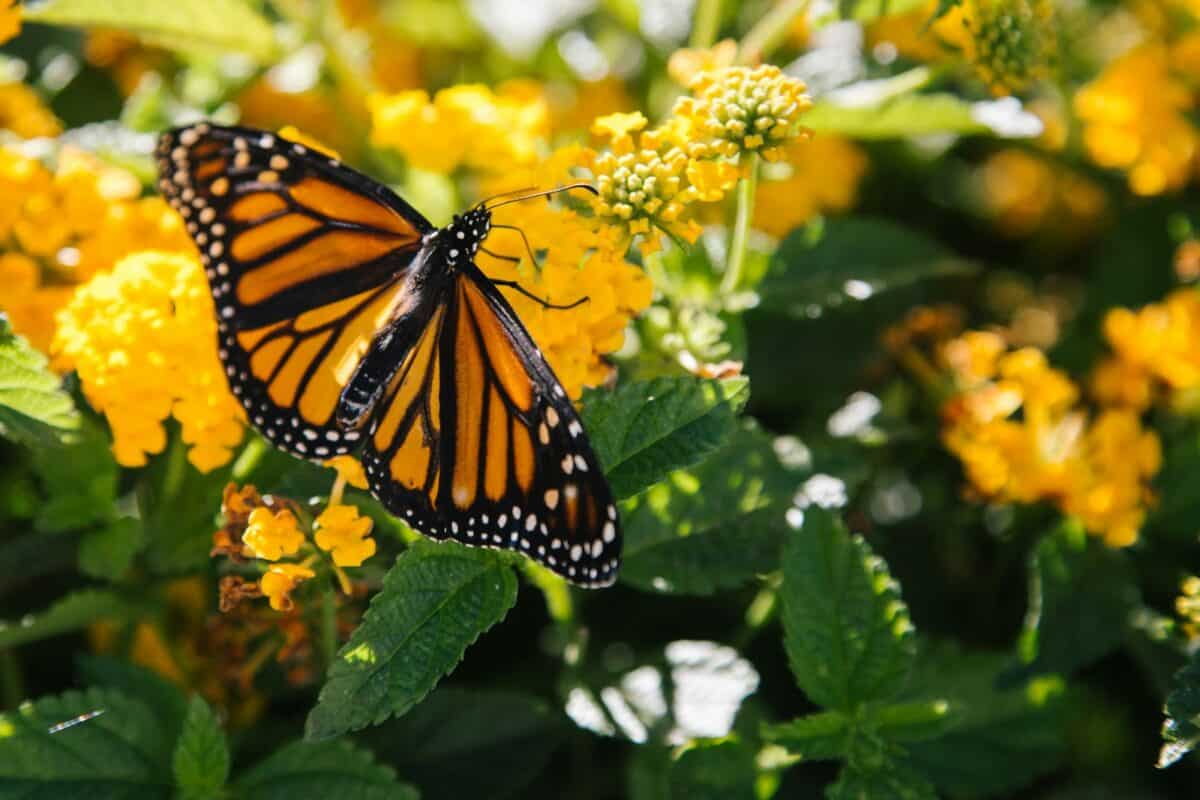
While milkweed is essential for monarch reproduction, adult butterflies need diverse nectar sources throughout their migration and breeding seasons. Native flowering plants like asters, coneflowers, bee balm, goldenrod, and sunflowers provide critical energy resources for adult monarchs. Creating monarch habitat means establishing “monarch waystations” that include both milkweed and nectar plants, with blooms timed to support butterflies from spring through fall.
Beyond plant selection, monarch-friendly practices include eliminating pesticide use, leaving fall leaves in place as overwintering habitat for other pollinators, and creating windbreaks to protect butterflies during feeding. Community-scale efforts can transform parks, school grounds, corporate campuses, and roadside areas into monarch habitat corridors. Organizations like Monarch Watch offer certification programs for monarch waystations, with over 38,000 registered locations already contributing to a growing network of monarch-friendly landscapes across North America.
Community Science: Monitoring and Tagging Programs
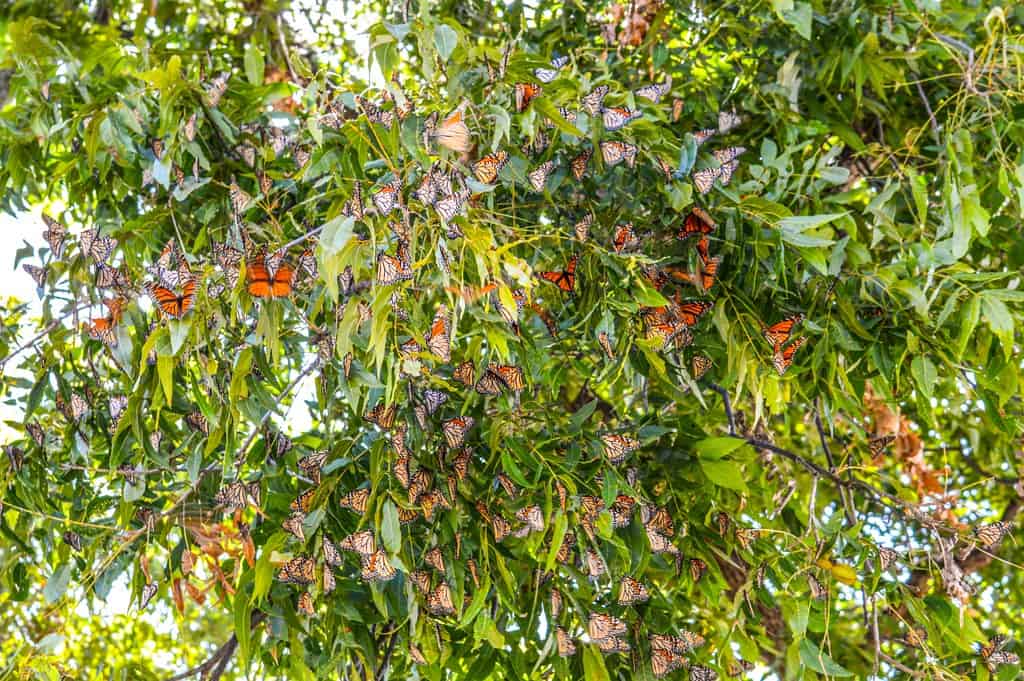
Monarch conservation has been significantly advanced by the involvement of citizen scientists across the continent. Programs like Journey North, Monarch Watch, and the Monarch Larva Monitoring Project enable thousands of volunteers to contribute valuable data on monarch migrations, breeding patterns, and population trends. Monarch tagging, where volunteers carefully place tiny identification stickers on butterfly wings, has revealed crucial insights into migration routes and survival rates.
Since 1992, Monarch Watch participants have tagged more than 2 million butterflies, with over 19,000 recoveries providing unparalleled data on migration patterns. The Western Monarch Thanksgiving Count, another citizen science initiative, has documented the western population’s collapse through annual surveys of California overwintering sites. These programs not only generate essential scientific data but also foster public engagement with monarch conservation. Participants develop personal connections to monarchs and often become advocates for habitat protection in their communities and beyond.
Policy Solutions and Large-Scale Conservation Efforts

Reversing monarch decline requires action at multiple levels of government and across national boundaries. The North American Monarch Conservation Plan, a trinational agreement between Mexico, the United States, and Canada, coordinates conservation efforts across the butterfly’s range. Within the U.S., the National Strategy to Promote the Health of Honey Bees and Other Pollinators includes specific goals for monarch conservation, including the restoration of 7 million acres of pollinator habitat.
State-level initiatives like the Mid-America Monarch Conservation Strategy coordinate efforts across the butterfly’s core breeding range. At the federal level, incorporating monarch-friendly practices into Farm Bill programs could transform millions of acres of agricultural land into better butterfly habitat. While the U.S. Fish and Wildlife Service determined in 2020 that monarchs warrant protection under the Endangered Species Act but are precluded by higher priorities, continued advocacy for stronger legal protections remains important. International cooperation is essential, particularly to protect overwintering sites in Mexico through economic alternatives to logging and sustainable development practices.
Sustainable Agriculture: Reconciling Food Production and Butterfly Conservation

Agricultural practices across the Midwest have played a major role in monarch decline, but innovative approaches can transform farmland into butterfly-supporting landscapes. Strategies include establishing milkweed-rich buffer strips along field edges and waterways, incorporating pollinator habitat into conservation reserve programs, and adopting integrated pest management to reduce pesticide impacts. Some farmers are exploring regenerative agriculture techniques that reduce chemical inputs while improving soil health and biodiversity.
Research from Iowa State University demonstrates that strategic placement of prairie strips within row crop fields can increase pollinator abundance by 3.5 times while reducing soil erosion by 95% and nutrient runoff by 90%—creating benefits for both farmers and butterflies. Consumer demand for sustainably produced food can drive agricultural change, making food purchasing decisions an indirect but powerful tool for monarch conservation. By supporting certification programs that include pollinator protection standards, consumers can help create market incentives for butterfly-friendly farming practices.
Educational Initiatives and Raising Awareness

Education plays a vital role in monarch conservation by creating informed advocates and future environmental stewards. School butterfly gardens provide hands-on learning opportunities, allowing students to witness the monarch life cycle firsthand and participate in habitat creation. Numerous educational resources support these efforts, from curriculum materials and raising kits to documentary films and interactive websites.
The symbolic power of monarchs makes them effective ambassadors for broader environmental education, connecting children to concepts of migration, life cycles, habitat connectivity, and climate change through a charismatic species. Organizations like the Monarch Teacher Network train educators to use monarchs as teaching tools across subject areas, from science and math to art and literature. Public awareness campaigns highlight the butterfly’s plight through media coverage, nature documentaries, and social media. These educational efforts transform monarch conservation from a specialized scientific concern into a broadly shared cultural value and call to action.
The Path Forward: Hope for Monarch Recovery

Despite the monarch’s dramatic decline, there is genuine reason for hope. Unlike many endangered species, monarchs respond quickly to conservation efforts, with their short generation time allowing for rapid population growth when conditions improve. The widespread public affection for monarchs has mobilized one of the largest grassroots conservation movements in North America, with hundreds of thousands of individuals taking direct action by planting milkweed and creating habitat. Scientific understanding of monarch needs has advanced tremendously, allowing for more targeted and effective conservation strategies.
The trinational cooperation between Mexico, the United States, and Canada demonstrates how shared commitment can transcend borders for a migratory species. While the challenges facing monarchs remain substantial, the combined efforts of individual gardeners, community organizations, scientists, corporations, and government agencies create a powerful foundation for recovery. Through continued commitment to habitat restoration, reduced pesticide use, climate action, and public engagement, we can ensure that the magnificent monarch migration endures as one of nature’s great wonders for generations to come.
- Why Scientists Are Studying Sloth Fur for Medical Research - August 9, 2025
- New Ice Core Samples Could Rewrite Climate History - August 9, 2025
- The Strongest Dog Breeds That Farmers in Iowa Depend On - August 9, 2025

